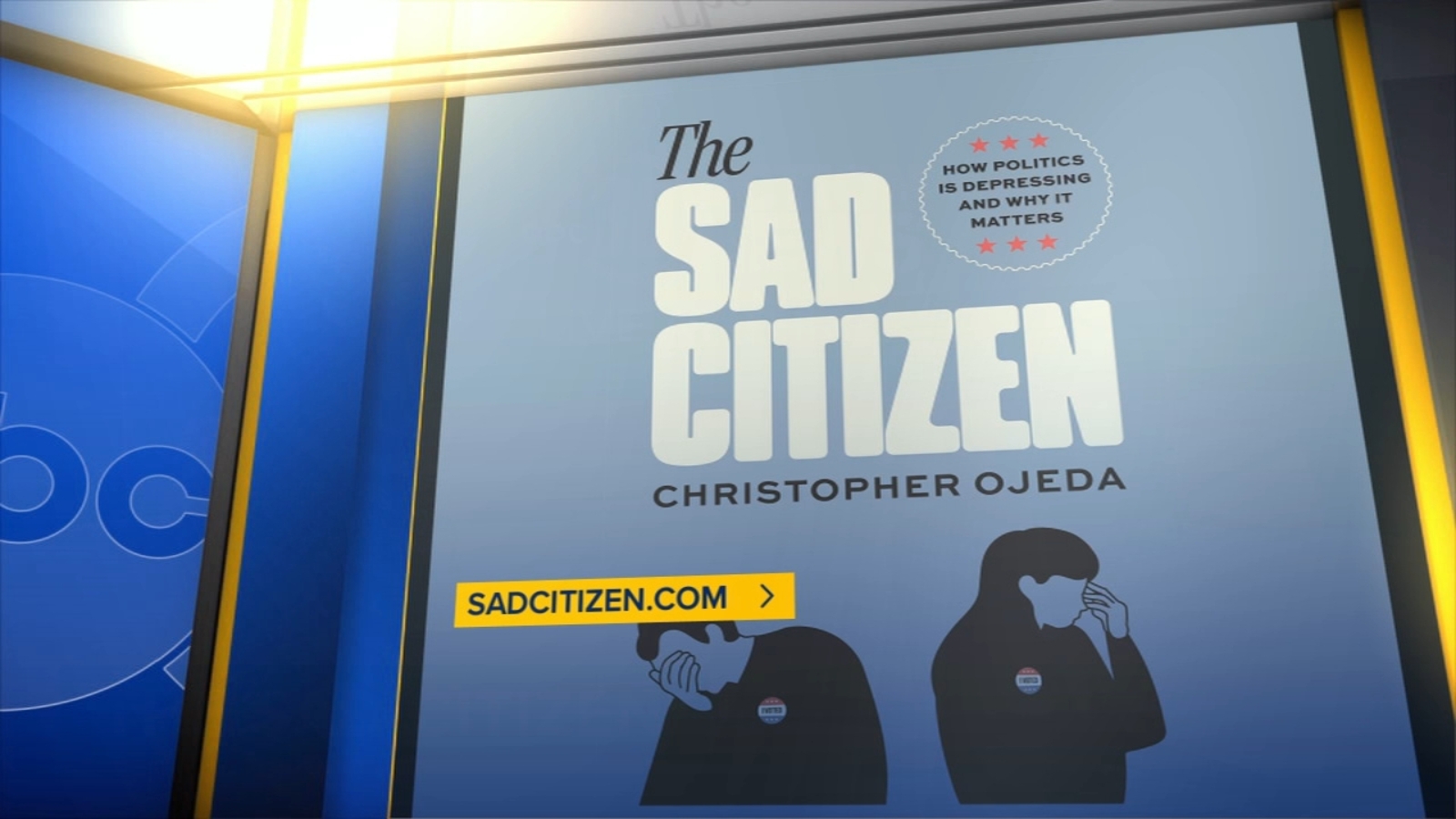Public Schools Embrace Zinn Education Project’s Controversial Curriculum

Public school districts across the United States are increasingly adopting curriculum resources from the Zinn Education Project (ZEP), a nonprofit organization that presents American history through the lens of racial and sexual oppression. Founded in honor of the late professor Howard Zinn, ZEP claims to have reached over 176,000 teachers who have downloaded more than 765,000 lessons aimed at students from pre-K through grade 12.
The Zinn Education Project promotes material that educators can use to teach various subjects throughout the academic year. For instance, New York City Public Schools, the largest school district in the country, encourages teachers to utilize these resources during Black History Month, Women’s History Month, Disability Pride Month, and Pride Month. ZEP emphasizes the importance of teaching history from diverse perspectives, asserting that its lessons help illuminate voices often silenced in traditional textbooks.
Zinn, who passed away in 2010, was a controversial figure in academia, known for his book, A People’s History of the United States, which reframes historical narratives by focusing on marginalized groups. Describing himself in 2003 as “something of an anarchist, something of a socialist,” Zinn’s approach to history continues to influence educational practices today.
Curriculum Adoption Across Major Districts
In addition to New York City, other school districts are also integrating ZEP materials into their curricula. The Chicago Public Schools include ZEP in their “Equity Tools” resource page, linking to the organization alongside materials from other social justice initiatives. Similarly, Portland Public Schools direct educators to ZEP resources, particularly focused on Black History Month, showcasing the project’s extensive library of teaching aids.
For instance, ZEP offers a resource titled “Teaching with Seizing Freedom,” which highlights the historical struggles for freedom among Black Americans. This resource aims to engage students by exploring imaginative ways that these communities sought liberation throughout U.S. history.
In Columbus City Schools, an assignment given to eighth graders included a lesson that characterized Christopher Columbus’s actions as “mass murder” against the Taíno people. This material, sourced from ZEP, was designed to challenge existing narratives and encourage critical thinking among students.
Responses and Criticism
The integration of ZEP’s resources has sparked debate among educators, parents, and policymakers. Critics argue that the curriculum promotes a biased perspective that may not provide a balanced view of American history. Some parents have expressed concerns over the inclusion of topics related to sexual and racial oppression being introduced at a young age.
In contrast, advocates for the curriculum assert that it is essential for students to learn about the complexities of history, including social injustices that have shaped the nation. Teachers using ZEP materials have shared their positive experiences, illustrating how the resources have engaged students in meaningful discussions about critical sociopolitical issues.
Corey Wincester, a high school history teacher from Evanston, Illinois, emphasized the impact of the materials, stating, “My students can speak to the power of deconstructing the narratives of Christopher Columbus and Abraham Lincoln’s efforts that have replicated white supremacy and marginalization of people of color in historical discourse.”
As public school districts continue to navigate the complexities of their curricula, the adoption of the Zinn Education Project remains a focal point of discussion regarding educational equity and the teaching of history in America.
No official comments were received from the school districts mentioned in this article regarding their use of ZEP resources or the surrounding criticism.






